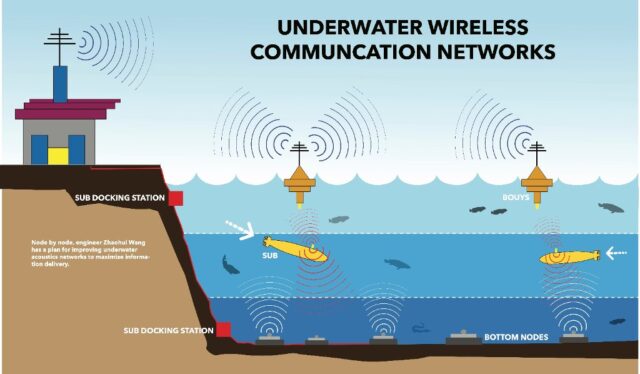From Sonar to Satellite: A Deep Dive into Underwater Communication Systems and Their Uses

About Course
The ability to communicate effectively underwater is critical for industries such as oceanographic research, defense, and offshore exploration. This course, From Sonar to Satellite: A Deep Dive into Underwater Communication Systems and Their Uses, offers a comprehensive exploration of the cutting-edge technologies that enable communication beneath the waves. Whether you’re fascinated by the complexities of ocean exploration or looking to deepen your understanding of this vital communication space, this course provides an in-depth look at the systems and innovations driving underwater connectivity. You’ll learn how sound waves, light, and satellites are leveraged to overcome the challenges of the deep ocean, and how each communication system is applied in real-world scenarios like underwater vehicles, oil exploration, and remote sensing.
Throughout the course, we’ll explore the strengths and weaknesses of different communication technologies, from acoustic systems to optical and satellite-based communication. You will gain a solid understanding of the various underwater communication systems’ practical applications, advantages, and limitations. The course also delves into the challenges faced by engineers in this field, such as noise interference and signal attenuation, while highlighting emerging research and future trends in underwater communication technologies. Whether you are a student, professional, or enthusiast, this course equips you with the knowledge needed to understand and contribute to the future of underwater communications.
Course Content
Introduction
Overview of underwater communication systems
00:00Importance of underwater communications for various industries
00:00Brief history of underwater communication systems
00:00